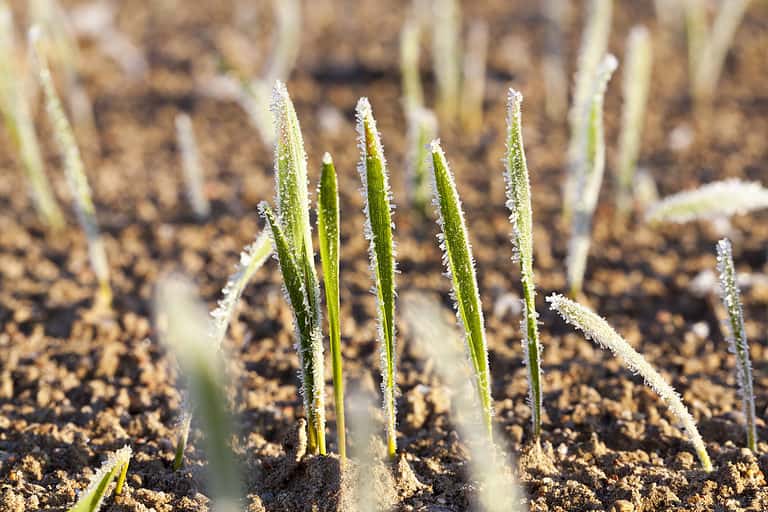Building Your Own DIY Solar System in 2023: A Comprehensive Guide
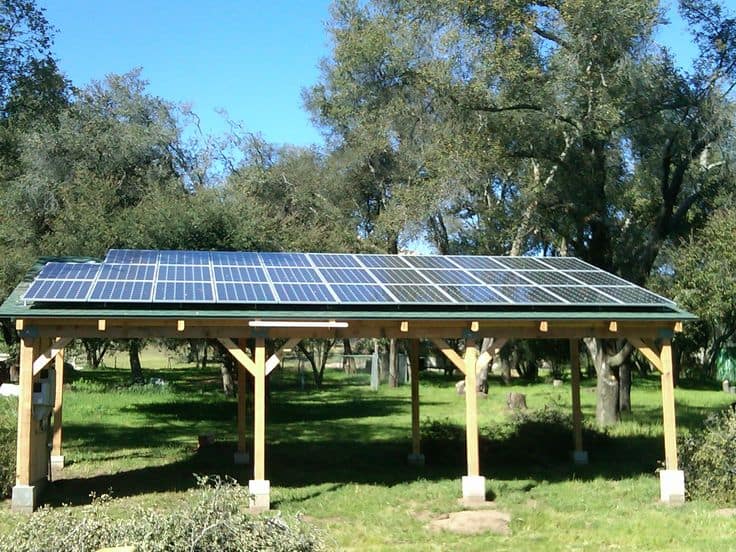
Discover how to benefit from the solar energy with this guide and construct your own DIY Solar System! This detailed manual will provide you a step-by-step approach towards making use of the sun’s power, while saving money on your energy bills. Harnessing renewable sources like solar is an exciting opportunity – let’s get started now!
Key Takeaways
Harness the power of renewable energy at home with DIY solar systems, offering cost-effective alternatives to traditional electricity sources.
Explore components and applications for your own system while assessing needs and budgeting costs.
Take advantage of incentives, financing options & tips from successful projects to make your project a success!
Understanding DIY Solar Systems
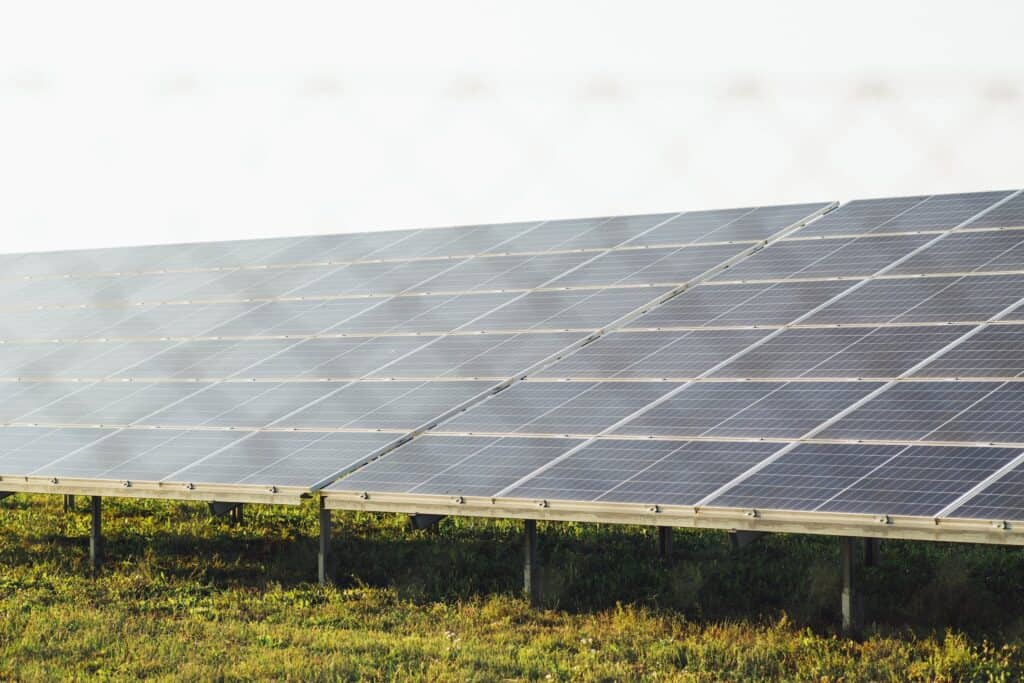
DIY solar is an eco-friendly, cost effective alternative to standard energy sources. It enables you to build your own solar system with components like batteries, charge controllers and inverters that can be used for powering a shed, RV or even the entire home! But what does it take exactly? DIY Solar Systems are equipped with panels which convert sunlight into electricity – making them perfect if you’re looking to reduce your energy bills and become more self-sufficient when it comes sustainable solutions. Are they worth investing in? Absolutely yes. These systems offer customization without paying large fees on professional installations. Whether you need something off grid or small scale applications – these types of systems make this dream come true.
Types of DIY Solar Systems
Solar systems come in three main types – off-grid, grid-tied and hybrid. Off-grid solar systems are ideal for places with no access to the electrical power grid as well as being used for backup energy supply needs while a Grid tied system can be connected into an existing local electricity network providing continuous energy production. Hybrid solutions provide an optimum combination of both worlds by combining advantages from two distinct sources: taking advantage of storage batteries together with integrated inverters and charge controllers thus giving optimal freedom when it comes to meeting individual’s energy requirements. For DIYers, there is plenty on offer – easy installation kits such like those sold under ‘diy solar panel kit’, diy panels or even complete ‘DIY Solar Kits’ which contain all necessary components including photovoltaic panels ,batteries,inverter/charge controller pairs and other parts required for putting your own setup up running quickly at minimum cost but reliable performance parameters..
Components of a DIY Solar System
Solar panels can be used to generate electricity sustainably in the form of a DIY solar system. The setup consists of components such as batteries, inverters, charge controllers and mounting hardware for stability. It is important to consider things like panel type, power output efficiency rate and warranties when selecting parts so that your final product will deliver maximum performance potential. With proper tools and safety protocols you’ll have success while installing this renewable energy source at home!
Planning Your DIY Solar Project
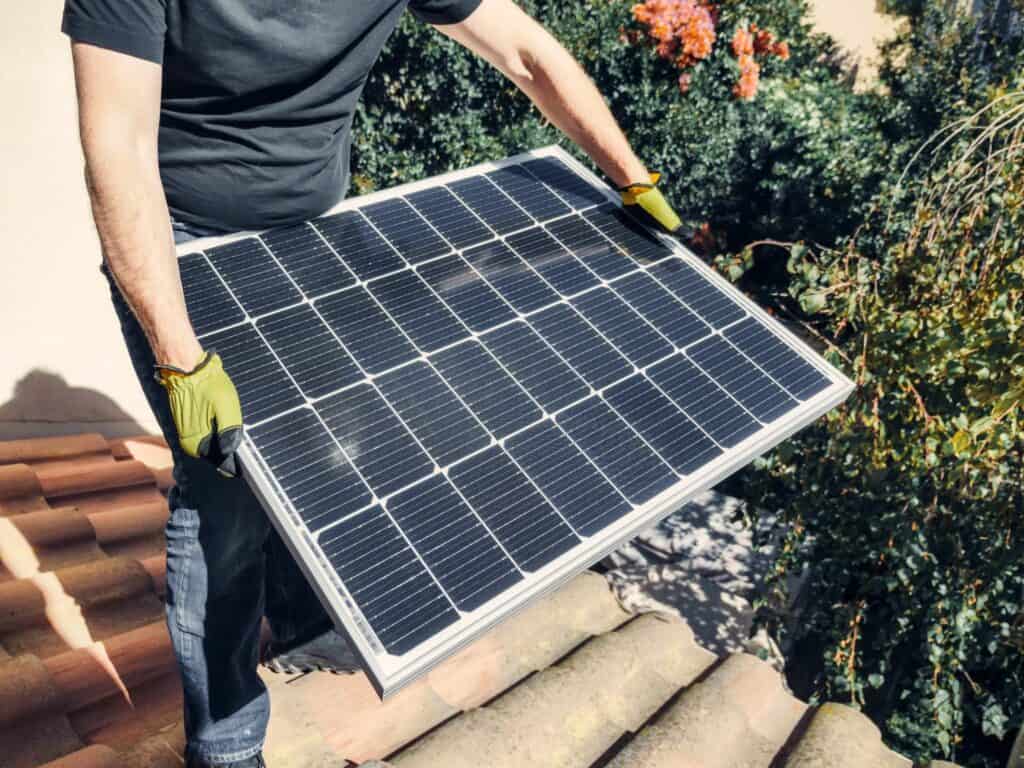
When it comes to DIY solar systems, knowing the fundamentals is a great start. To make sure you get the best out of your renewable energy source, take some time for planning and preparation, that way you can reap all its rewards! Firstly assess how much power consumption you require per day then identify which solar panels suit your needs. Also check what batteries are most suitable in order to complete installation process successfully. Finally plan carefully every step so as not to miss any crucial detail when implementing this project into reality.
Assessing Your Energy Needs
To ensure the right solar system size and type to meet your energy needs, it is critical to understand what those requirements are. Calculate your daily power consumption by totaling up the energy usage of all appliances in mind. Consider factors such as location, climate, and available sunlight when making a decision on which DIY solar project you would like to pursue for optimal performance.
Choosing the Right Components
Creating a self-made solar system that meets your energy needs and fits within the budget requires you to select suitable components. This includes identifying what size of solar panels, type of battery, charge controllers and inverters are needed for optimum performance in terms of efficiency levels over long term use. All these factors must be taken into consideration while constructing DIY solar systems as they will contribute significantly towards how well it works on an overall basis. One has to keep in mind that any decision regarding changes or modifications made during building this equipment might result in adverse effects concerning its power output capacity from both short-term and long lasting perspectives alike!
Step-by-Step Guide to Building a DIY Solar System
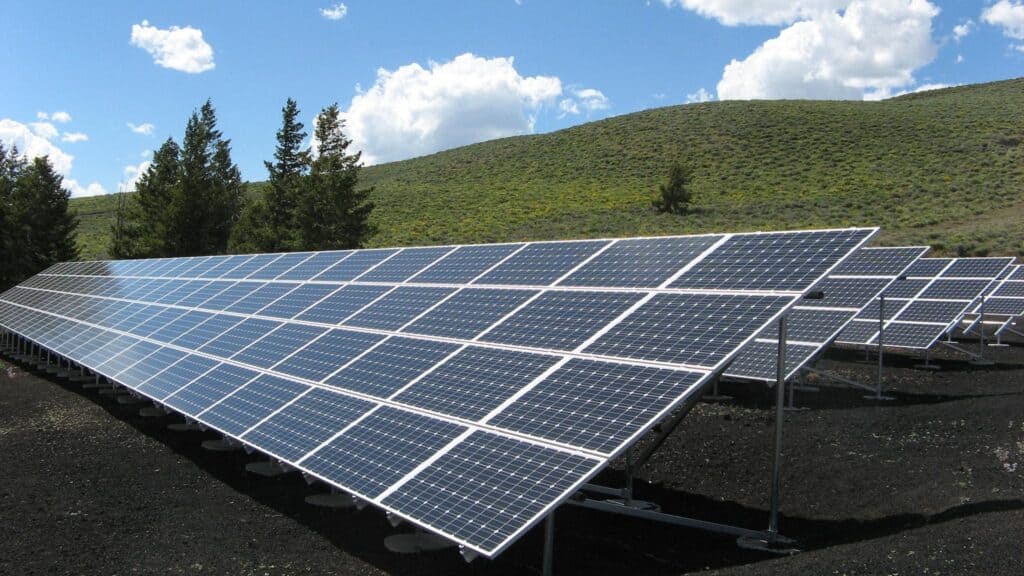
Once you have a complete plan, it’s time to assemble the components of your DIY solar system. This tutorial takes you through each step in building your own solar panel setup by installing batteries and inverters as well as wiring them all together for an effective system that produces renewable energy from advanced photovoltaic technology.
By concluding this procedure, you will end up with functional panels which capture the power of sun’s rays creating clean energy supply for home use!
Assembling Solar Panels
The process of putting together your own DIY solar system begins with the assembly of solar panels. Depending on budget and preferences, you can either opt for a kit or purchase individual components. Follow instructions provided by manufacturer carefully to ensure safety throughout installation procedure.
After assembling those important pieces, it is time to install them so that the sun’s energy may be utilized! By making these simple steps towards implementing a photovoltaic system, soon enough you’ll have renewable power at your fingertips!
Installing Batteries and Inverter
Installing the batteries and inverter of your DIY solar system is a necessary step in order to ensure its efficiency. Make sure you follow the manufacturer’s guidelines for installation, considering any additional safety measures specified by them specifically for this type of setup. It is also essential that all components are placed properly with adequate ventilation as well as securely connected together so that it functions appropriately.
Wiring and Connecting Components
The ultimate step in putting together your DIY solar setup is attaching and wiring the pieces. This requires using suitable cables, connectors, and safety procedures to generate an efficient and stable energy system from sunlight.
If you follow guidelines carefully while making sure all junctions are properly connected, it will enable your solar set up to provide renewable power sourced from sunshine securely on a regular basis.
Safety Precautions and Best Practices
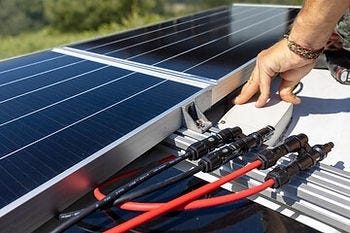
When constructing a DIY solar system, safety should be the top priority. Sticking to appropriate procedures for electrical work and maintenance is essential in order for your project to stay functional long-term. It’s important when dealing with any sort of solar panel setup that these standards are met both during construction and troubleshooting afterwards.
Electrical Safety
It is imperative to prioritize safety when dealing with DIY solar systems. To ensure the success of your project and safeguard your investment, use proper tools and comply with security protocols. Hiring a licensed electrician for grid-connected projects may be a wise decision. By taking these precautions you can minimize risk of accidents related to this particular type of solar endeavor.
Maintenance and Troubleshooting
To guarantee optimal performance and a long life for your DIY solar setup, regular maintenance and troubleshooting is vital. Clean the panels, inspect cords, evaluate system operation to make sure it’s all working efficiently. In case you come across any difficulties with your solar array, follow the advice of manufacturers or seek specialist help in solving them. Looking after your homemade photovoltaic equipment can ensure its reliability far into the future!
DIY Solar System Costs and Potential Savings
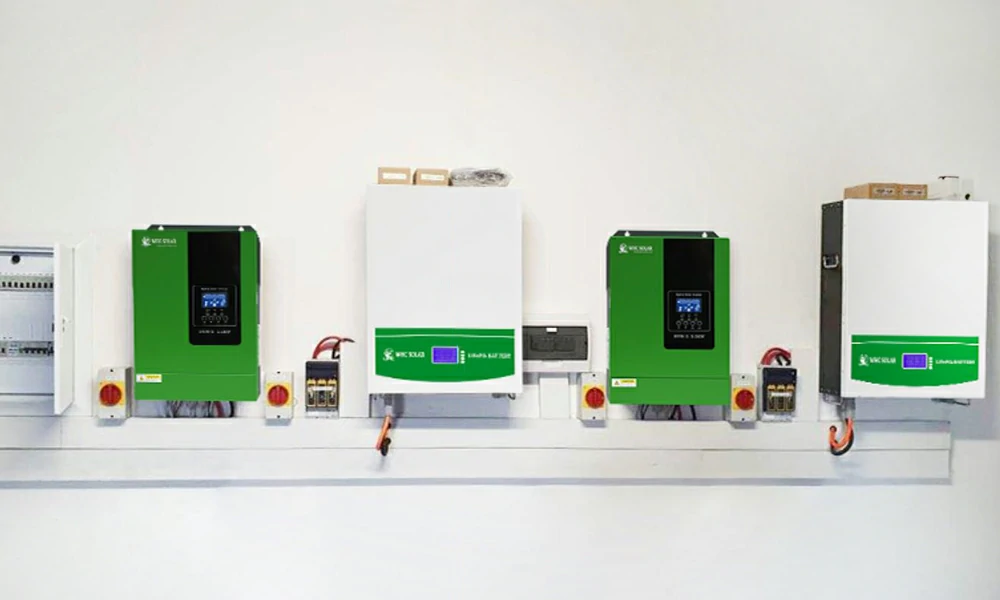
DIY solar systems are an enticing option for those wishing to invest in energy savings and help the environment. Systems can range from $7,000-18,000 before tax credits with long-term cost benefits through decreased electricity bills. DIY installation often comes with additional incentives that Reduce out of pocket expenses.
Cost Breakdown
The cost of a DIY solar system is largely dependent on factors such as its size, components and installation complexity. Bigger systems that use more panels require more labor to construct while sophisticated setups necessitate extra costs for designing the system, surveying the site and acquiring permits. To build an economical but suitable solar energy set-up tailored to one’s needs requires careful consideration of these costs associated with their chosen components. Once these are taken into account properly, it should be possible to come up with a viable DIY Solar solution within budget constraints.
Potential Savings
DIY solar systems have significant savings potential, with homeowners potentially being able to save up to $1,500 per year. This is through lowered electricity bills, increased independence from the energy grid and taking advantage of applicable tax credits or rebates. By investing in a DIY solar system you can take full benefit of renewable energy options while minimizing your expenditure for power consumption over time.
Solar Incentives and Financing Options
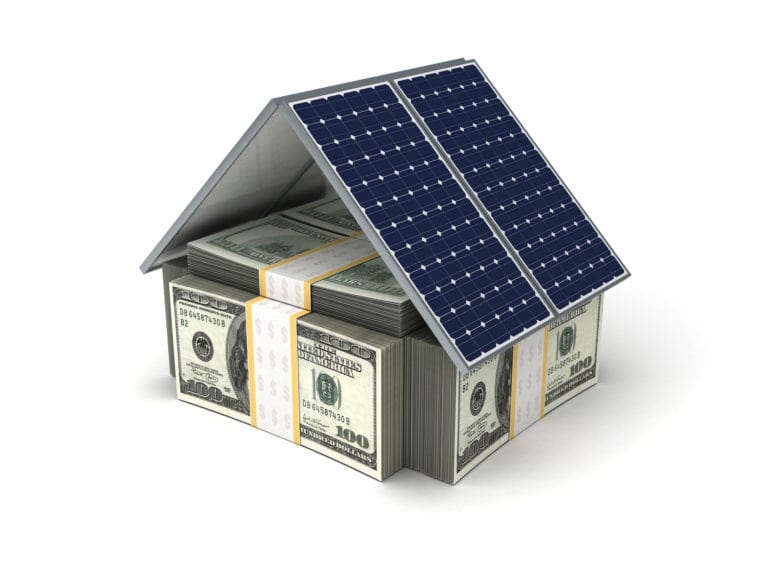
DIY solar projects can be made more affordable with the aid of various incentives and financing options. Federal and state initiatives have been put in place to help cut costs, while payment plans make covering upfront expenses easier on your budget for any DIY solar system or project.
Federal and State Incentives
By researching the incentives available in your area, you can take advantage of enormous savings on a DIY solar project. Tax credits and rebates from both federal and state sources provide an outstanding chance to cut down on the costs associated with installing a solar system – such as up to 30% off through a Federal Solar Tax Credit alone! Don’t miss out. Make sure these amazing offers are factored into your home’s DIY solar venture.
Financing Options
Those wishing to complete a DIY Solar Project can find help in the form of personal, solar and cash loans. Banks, credit unions and even specialty lenders provide special financing for such ventures. Though leasing out panels could prove costly over time with limited savings potential, alternative funding sources make this dream more feasible.
Solar incentives are just one way, be sure to explore these other options too!
Success Stories and Real-Life Examples
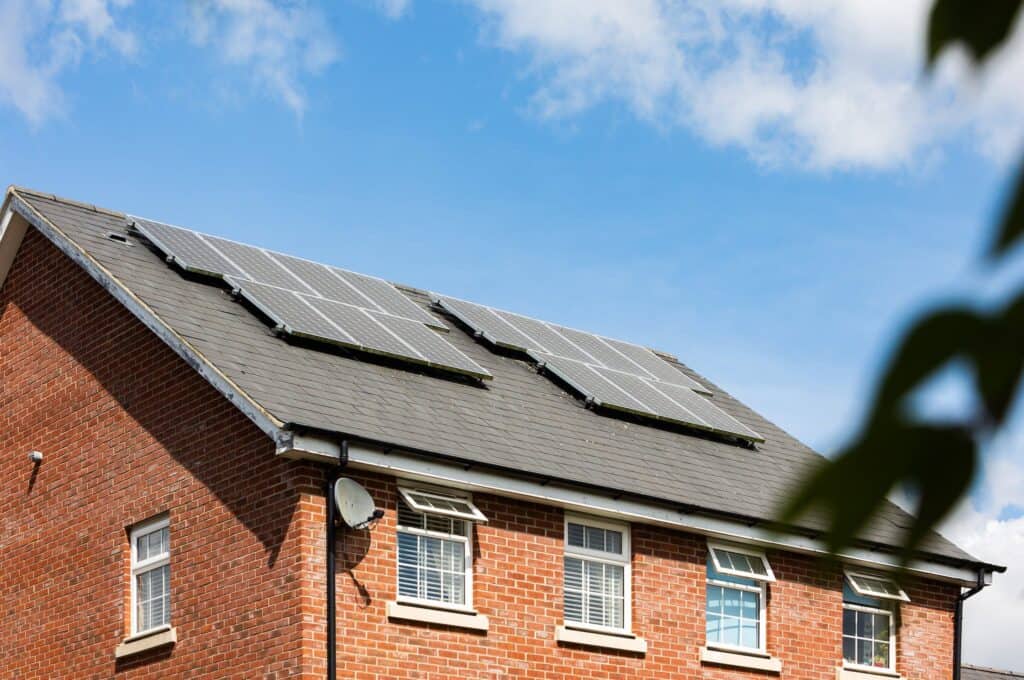
Real-world examples and success stories are an inspiring testament to the potential of DIY solar systems, as well as a reminder of how renewable energy can save homeowners money. Whether it’s tips from enthusiastic do-it-yourselfers or insightful case studies, people have discovered ways to harness their own power with these innovative projects.
Case Studies
Exploring case studies of DIY solar projects provides insight into the advantages and potential successes you can achieve with your own off-grid system. From constructing a solar powered bus shelter to harnessing energy resilience in a home, these examples help people understand what is achievable when taking on such an endeavor.
Studying these types of experiences grants individuals knowledge about the pros and cons associated with building their very own solar systems. Allowing for better informed decisions that take into account all relevant facts regarding grid versus off grid power options.
Tips from DIY Solar Enthusiasts
For those considering a do-it-yourself solar project, there are several important steps to take before getting started. Firstly, it is wise to start out with an easier build rather than something too ambitious for your experience level. Taking the time to research what components and materials you need ahead of investing in them can save you money in the long run. Attention should be paid toward safety guidelines as well as seeking professional help if needed along the way. This will ensure quality results from your DIY Solar endeavour! With these tips firmly kept at heart during one’s journey into solar self sufficiency and pleasure -no doubt excitement awaits!
Summary
Harnessing the power of the sun through DIY solar systems presents an economically sound and eco-friendly option for energy production. If you undertake adequate planning, pay close attention to safety precautions and utilize best practices while implementing your project, then a cost effective solution can be created with these diy setups in order to save money on traditional energy sources. Are you ready?
Frequently Asked Questions
Is it cheaper to build your own solar system?
Building your own solar system can be a great way to save money – about $5,000 in total. The process is somewhat difficult but should still cost less than hiring an expert installer. It’s roughly half the amount required for professional installation of such systems. Despite its complexity, those looking to take advantage of cost savings while installing a solar system could consider building it themselves with extra care taken on research and planning ahead so that incentives may not be missed out during the construction phase.
Can I install my own solar system?
If you have the technical proficiency and are willing to invest time, it is possible for anyone to install their own solar system. This has been done before by many people who took up this challenge themselves.
How many watts solar panels to run a house?
For a 1000 sq.ft home, solar panels producing 375 watts each (10-12) would be necessary in order to run the place, amounting to between 3750 and 4500 total Watts of power.
What are the main types of DIY solar systems?
Diy solar systems can be created in three categories – off-grid, grid-tied and hybrid. Each type has distinct elements that are suited for its own special use cases.
What components are necessary for a DIY solar system?
For those looking to build their own solar system, batteries, inverters, charge controllers and mounting hardware ( To the necessary solar panels) need all be obtained for a successful DIY project.

